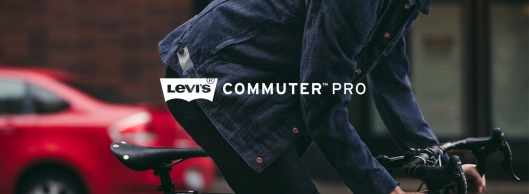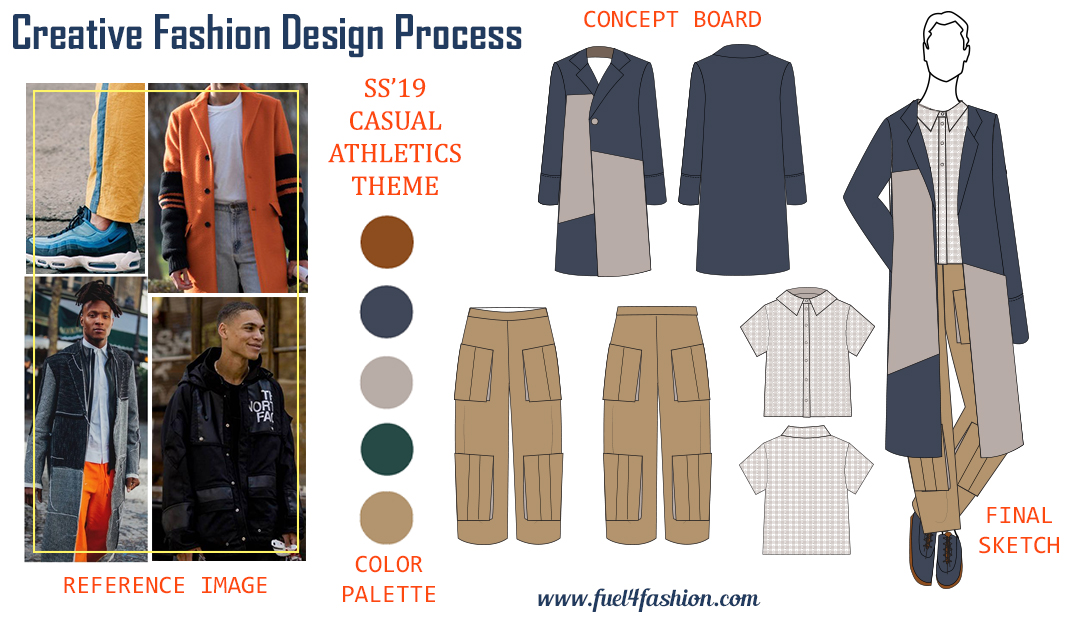Tags
brand consultant, brand strategy, Digital strategy, fashion brand DNA, Fashion brand launch, fashion business mentor, fashion design, fashion design consultant, fashion marketing, fashion retailer, fashion startup, Inventory managent, Omnichannel, retail strategy, startup fashion expert
This is part two of a two-part series on starting and running your fashion business. We begin with branding and logistics.
Up until now in Part 1, we’ve discussed two elements- components that make up a fashion brand, and ways to find and source the right material. In the second half of this series, our focus shifts ever so slightly to the business model and deciding on a marketing strategy.
The retail landscape today is very different from what the norm was even a decade ago. In early 2010, omnichannel retail as a concept was whispered in close quarters and often left alone as something for the big players. Today, every retailer, at some point in the business journey, explores an omnichannel strategy. Online sales channels are very different from offline selling in that orders need to be shipped, delivered, and the returns processed.
These aspects also bring in choices in fashion marketing such as which channels to advertise on, what promotions to run and how to get maximum traction for the business. As with branding, a fashion business coach can help you look into everything from inventory and sourcing to sales and beyond. Having such a support system can help cut unnecessary costs from your business and set you up for success.
Let’s discuss a few more aspects of selling through your fashion brand.
- The Channel Choice: This one is by far the toughest choice you’ll make. Whichever channel you choose, you’ll be losing out on the other in the beginning. Over time, you will want to try out all channels such as online and offline sales media as well as features like the Facebook shop to increase the chances of making a sale.
That said, for someone starting out today, the scales tip slightly in favor of online selling. With this method, you do not have to spend upfront on store design, day to day operations and bringing in customers. You can, instead, stock up at a warehouse, set up a web store and reach out to a much wider audience. That said, online selling also presents a few challenges such as getting pictures and descriptions absolutely right, as well as the consideration of whether people will buy online from a relatively new apparel brand.
Think about your specific product category and which audience type it appeals most to. Base your channel decision on their most preferred way of shopping. Also, this is only a choice of launch. Over time as revenues go up, you can expand to as many other channels as you’d like.
- Cashflow Considerations: For every retail business, good cash flow is a lifeline that helps keep the business running. When you have enough operational cash, you can make sound decisions on sourcing and inventory handling that are not dependent upon a cash crunch.How, then, do you keep cashflow under control? By managing inventory well! For many fashion brands today, marketing spend is not optional. You need to spend on advertising to get more visibility. Quality of the product, on the other hand, is not up for debate. So, the only way for you to save your working capital is to handle inventory better.Many fashion retailers today use ERP systems to manage their inventory right from the very beginning. Apparel and accessories sell in good volumes which is why it is better to leave the inventory management to systems built to achieve just that.
Beyond that, accurate financial reporting, and accounting is a business best practice and it also helps you make better business decisions. Hire a qualified accountant to do the job for you and ensure that books and actual values are in line from time to time.
- The Digital Strategy: Fashion marketing is all about making repeat impressions that eventually lead to a conversion. We have surely noticed how when we browse a product online, similar suggestions keep cropping up for a while. That’s just good digital marketing, at the end of the day. This is also why advertising usually pays off in this domain. When someone browses for apparel, and they are shown similar ads from other brands, they are far more likely to want to click on the ad and browse.
You can always focus your digital strategy around the Cost Per Conversion metric, which essentially means that you will pay the platform a price for every conversion that happens through them.
However, paid marketing isn’t the only sales avenue there is. The ultimate goal of any digital strategy is to move to organic reach. Customers should be able to find you with a simple search term, should already follow you on social media and should open most of your product emails, if not all. To get to that point, marketers use a mix of paid advertising and organic content to market your products better.
As part of this process, you will also work on one aspect of content marketing known as content strategy. As with all planning processes, hiring an expert is your best shot at getting optimum results. You need to think through aspects such as the type of content to produce, the frequency of publication and distribution, which posts to promote through paid ads, etc. An expert can also help you track your site analytics and suggest if any changes need to be made to improve conversion.
- Beyond Digital: While digital marketing is an essential part of sales decisions today, it isn’t the only way to market your brand. If you have an offline store, you need to find ways to bring people from their online accounts to your offline store as well. Moreover, if you sell online exclusively, you still need to find ways to engage offline- through city-based events, pop-ups, and workshops that your audience is likely to enjoy.
Usually, these decisions are very specific to the business. This is why a startup fashion expert is brought into the picture to help you get maximum returns on your marketing investment.
- Launch Planning: A brand’s launch is a memorable experience for everyone who has been working on it for long. It is the first opportunity we get to put the brand out there and see what people think. By all means, the launch should be turned into a big event. We recommend using social media to generate interest well in advance with countdown timers, early bird promotions and the like. Also, get a checklist ready before launch to account for aspects such as the website’s stability, measuring and gathering data about the number of people tuned in for the launch, having a live customer service team, ensuring all operations are in place and so on. In the offline context, this would also include decking up your store, ensuring that all POS terminals are operational, provision of refreshments, etc.
- Influencer Marketing: Today, wherever you look, there are fashion influencers. Some of them command a huge number of followers and their opinions are often taken very seriously. Such influencers know what they are worth and therefore, they do not come cheap. However, if you can afford them, there is value in getting them to endorse your new fashion brand.Influencers who work professionally often offer statistics on their outreach, the number of posts they will publish, and the results you can expect from the effort. Calculate the result of an influencer campaign after each new post is published, and then once the entire effort is complete.Remember, the influencer market is also reasonably crowded. Unless they have an engaged following, influencers may not quite be able to get you the results you want. Proceed with caution, ask for past campaign statistics and never be afraid to negotiate on your terms.
Up until now, we have covered all aspects of launching a new fashion business that we could think of. What other aspects would you like to hear from us on? Share your ideas with us in the comments below.
Don’t forget to sign-up for our newsletter that brings all that’s fashion design and more, right to you!
Supriya Ghurye is the founder and owner of Fuel4Fashion. She is a Freelance Fashion Designer and Brand Consultant helping fashion brands to create great products from idea to launch. Fuel4Fashion social links: Twitter, Pinterest, Instagram



 1. The Brand Story: While many people make the mistake of assuming that a story is born of the product, the exact opposite is actually true. Every product makes its way into the market to solve a problem or address a need. Branding workshops and exercises are dedicated to finding this story- the values, pillars, and principles that make up every single company. Often, brand values often match those held by the founders. In a niche that changes as fast as fashion, it is worth separating the brand purpose from the founder’s vision. This way, the entity is more flexible to market forces.
1. The Brand Story: While many people make the mistake of assuming that a story is born of the product, the exact opposite is actually true. Every product makes its way into the market to solve a problem or address a need. Branding workshops and exercises are dedicated to finding this story- the values, pillars, and principles that make up every single company. Often, brand values often match those held by the founders. In a niche that changes as fast as fashion, it is worth separating the brand purpose from the founder’s vision. This way, the entity is more flexible to market forces.











 Around the sketch are images of what the style would look like in real life as well as the primary colors that make up that particular outfit. Long jackets are the staple in our range, keeping with the global trend and K-pop sensation. Our pants are loose, drawstring and aimed at people who want to move freely. It is both casual and athletic, perfect for today’s city dweller.
Around the sketch are images of what the style would look like in real life as well as the primary colors that make up that particular outfit. Long jackets are the staple in our range, keeping with the global trend and K-pop sensation. Our pants are loose, drawstring and aimed at people who want to move freely. It is both casual and athletic, perfect for today’s city dweller. From here, the sketches are followed by choosing the fabric and picking the colors that closely match your original palette. This is followed by designing a few prototypes which then go into manufacture.
From here, the sketches are followed by choosing the fabric and picking the colors that closely match your original palette. This is followed by designing a few prototypes which then go into manufacture. What is your menswear design inspiration this time around? How are you using the range planning process to come up with the collection?
What is your menswear design inspiration this time around? How are you using the range planning process to come up with the collection?